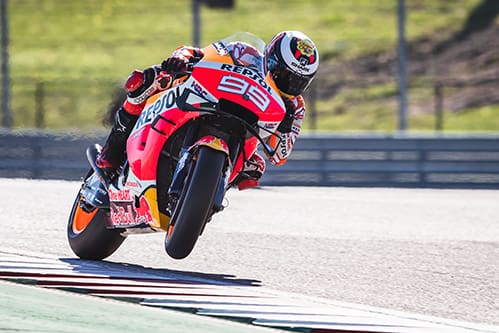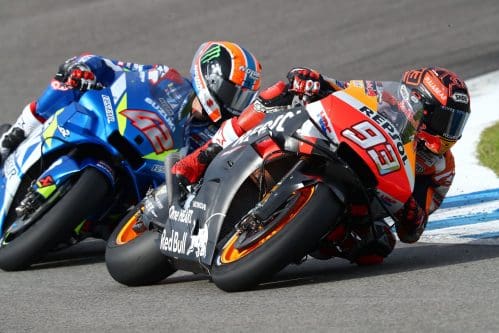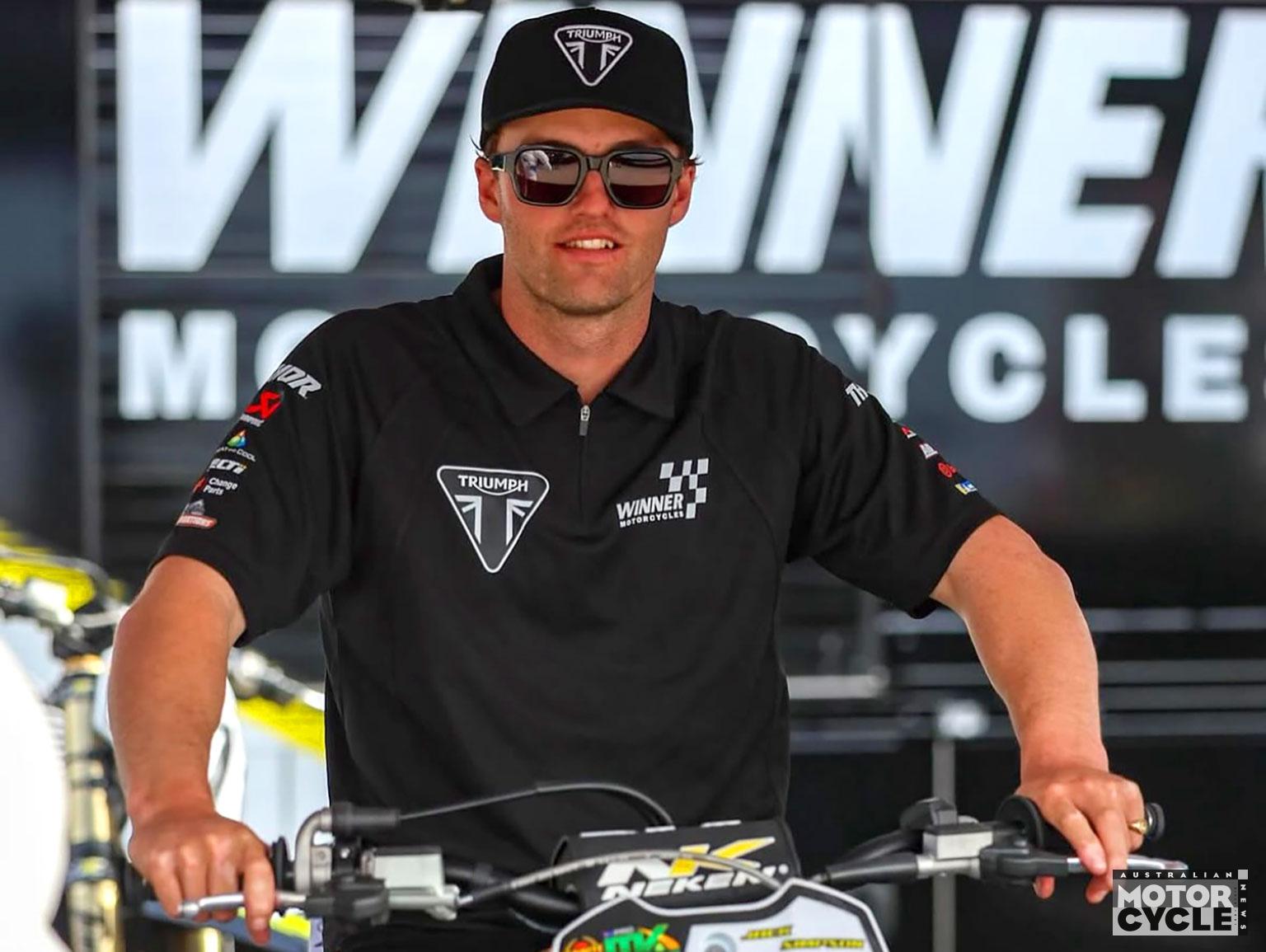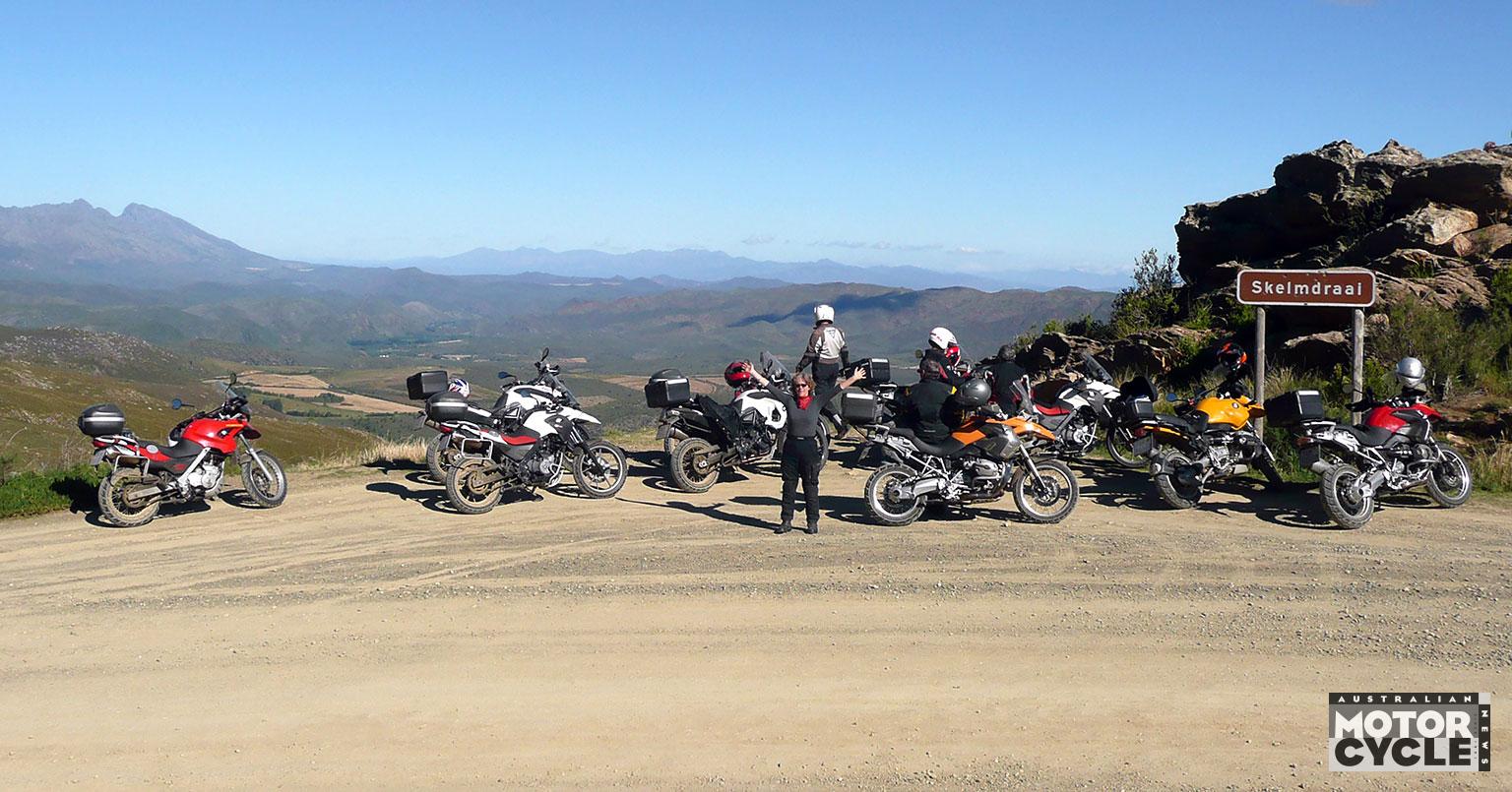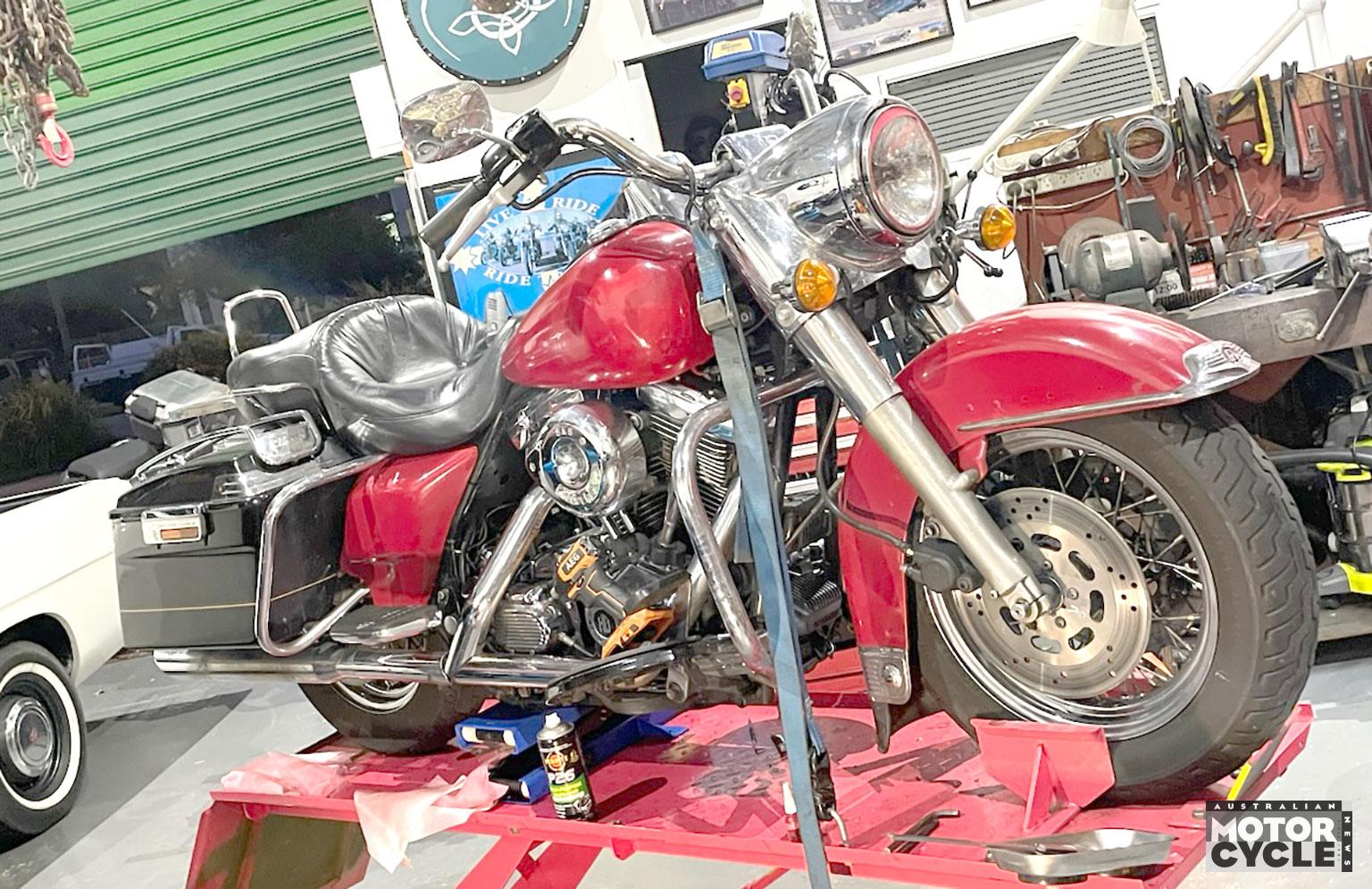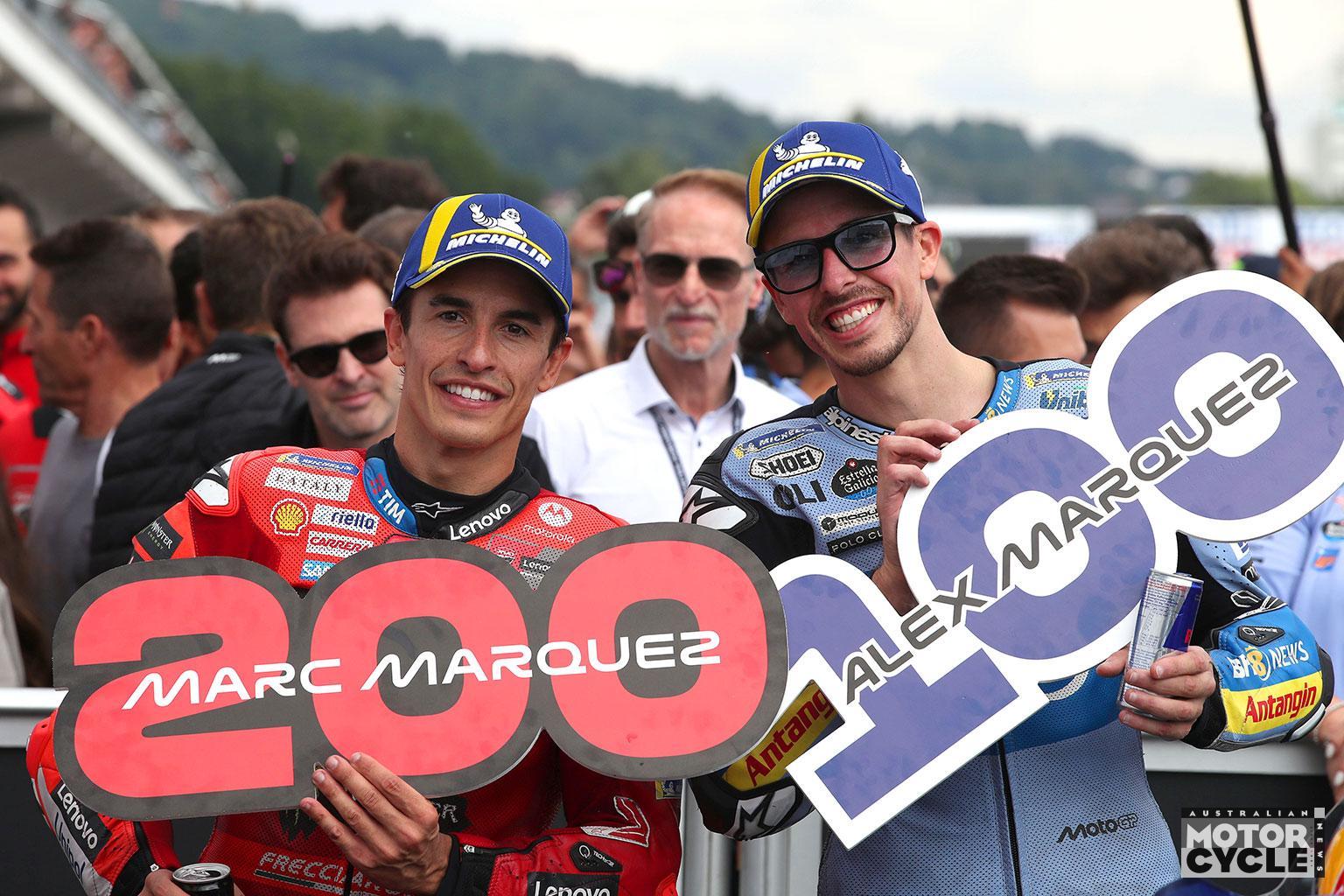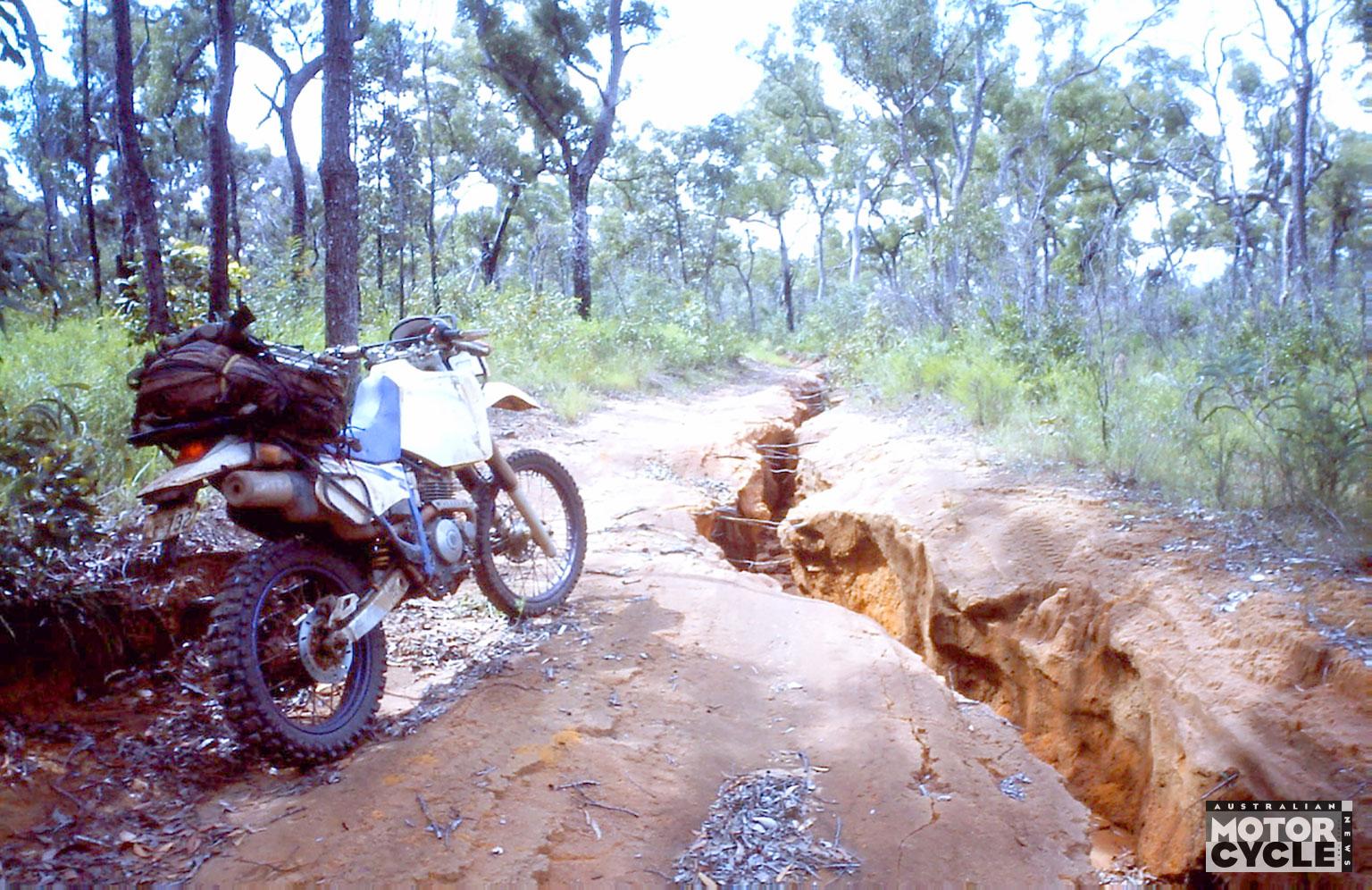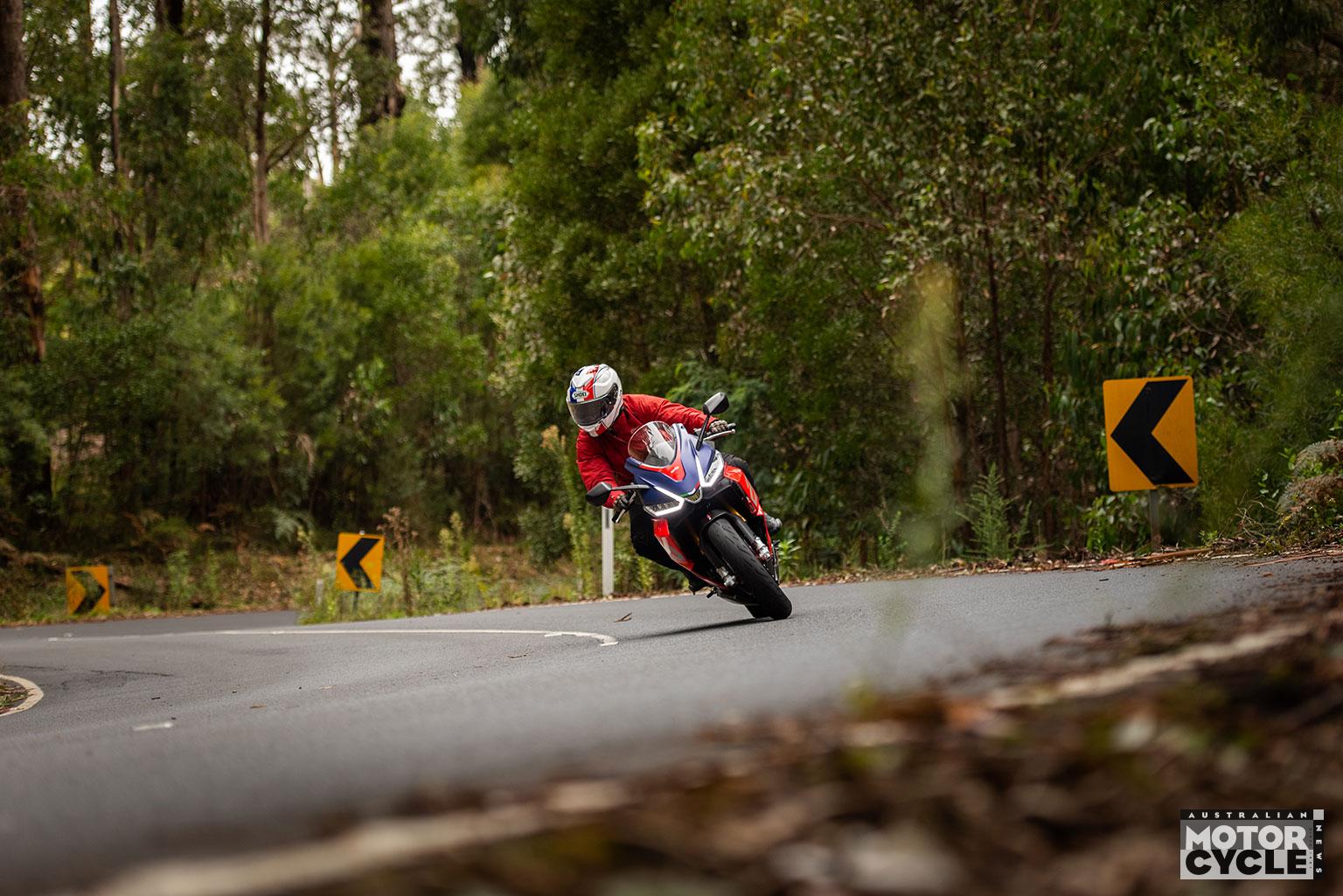Aerodynamics is MotoGP’s big new area of technical development, replacing electronics R&D, which in 2016 was mostly terminated by the introduction of same-for-all software. It’s no coincidence that aero is now the big deal, because all the factories are chasing more front and rear downforce to compensate for the unified software’s less effective anti-wheelie and traction control.
In fact, it’s one factory doing the chasing, while its rivals follow. Some enthusiastically, others reluctantly. Ducati had used winglets for several years, then unleashed its 2016 Desmosedici, which looked straight out of Star Wars. This was the start of the aero war. Winglets were considered unsafe, so they were banned at the end of 2016 and replaced by more integrated aero devices, although some were more integrated than others.
But the controversy really blew up this season, when Ducati unveiled a rear aero device, attached to the swingarm. Four rival factories protested because MotoGP’s latest aero guidelines ban rear downforce devices.
However, Ducati claimed the attachment’s purpose is tyre cooling, not creating downforce, so MotoGP’s Court of Appeal declared the device legal, even though rival factories showed evidence that proved the device does create downforce. Now those rival factories are developing their own similar devices.
Where will it all end? Is it time to ban aero from MotoGP? Is it a pointless waste of racing budgets? Or could it have some benefit for roadbikes? And does it make the racing better or worse and the bikes safer or more dangerous?
Everyone has an opinion…
“It’s good for the fans to see the faces of the bikes changing”
Romano Albesiano – Aprilia Racing technical director
“We are at the beginning of a new era in which the manufacturers could spend a lot of money on aero development. But aerodynamics development can be a good thing for production bikes – if you can give more stability and control to the rider, then clearly you make the motorcycle safer. If MotoGP could do this kind of research and bring this kind of thing to production bikes it would be a noble activity. But everyone needs to know the costs will not be negligible.”
“As a technician I like aero, but I would keep things as they are now, with clearer rules, so that costs are limited, but so we can do something, because I think it’s good for the fans to see the faces of the bikes changing. When everything was done with electronics it was quite boring – the new bike looked the same as the old bike, which looked the same as the previous bike!”
“The perfect thing would be to have some aero development without an explosion of costs, but this would require an expert in aerodynamics to manage the rules, so maybe MotoGP needs an aero adviser, perhaps from Formula 1.
“The important thing is to have a clear idea of where you want to go with aerodynamics and then write the rules accordingly. The rules are made by Dorna, the FIM and the MSMA, so if two out of those three take the same position.”
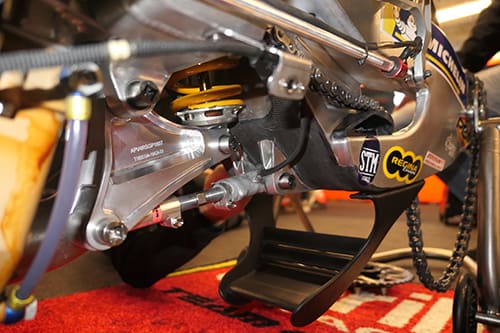
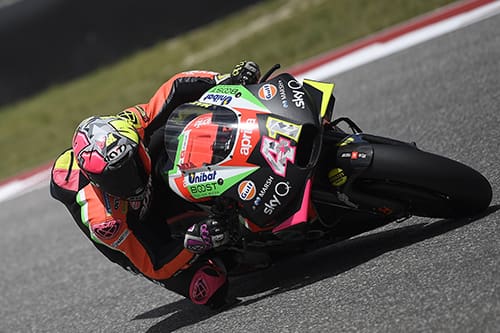
“It’s important the manufacturers develop their aerodynamics knowledge”
Gigi Dall’Igna- Ducati Corse general manager
“I think it would be a mistake to reduce aerodynamics in MotoGP, because aerodynamics is also important on streetbikes, but manufacturers don’t have much knowledge about aerodynamics. So I think it’s important that the manufacturers develop their knowledge of aerodynamics, not only to increase performance, but also to improve engine cooling, rider comfort and so on.”
“In racing we always try to have the best performance, so we want to reduce the engine torque as little as possible to get the best acceleration. For sure the wings help here, but rider feeling is also important – the rider gets a much better feeling exiting corners with the wings. We are always thinking about this kind of thing.” “Honestly, we don’t spend a lot of money on aerodynamic development, so why do we have to reduce aerodynamics? Also, there is no real possibility to do much more within the current rules, so I don’t think everyone will spend a lot of money on aero development.”
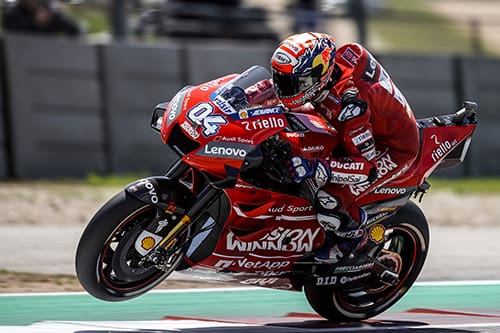
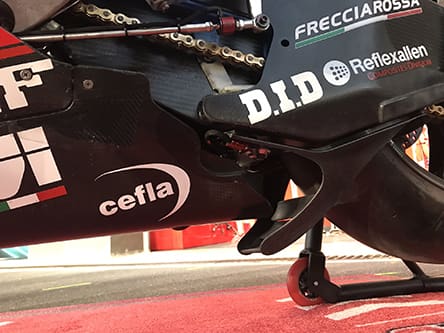
“To remove all aerodynamic attachments would be a bit difficult”
Ken Kawauchi – Suzuki technical manager
“Of course motorcycles need front downforce, but I’m not sure if the winglets increase safety, because four years ago the fastest bikes were doing 340km/h [210mph] without winglets. Wings are good for performance – to avoid wheelies to have more acceleration.”
“If all aerodynamic attachments are banned this would be easier and clearer. On the other hand, our engineers already design our bikes to run with these attachments, so to remove all aerodynamic attachments would be a bit difficult. If the MSMA agrees to remove everything, then okay, but we would be happy to stay where we are now.”
“All development is a never-ending story, but aerodynamics development especially takes more and more money, which is why we have to use the regulations to stop this.” “We need clearer regulations. At the moment some manufacturers have made some devices which they just say create a certain benefit, so at the moment it seems like anybody can say anything!”
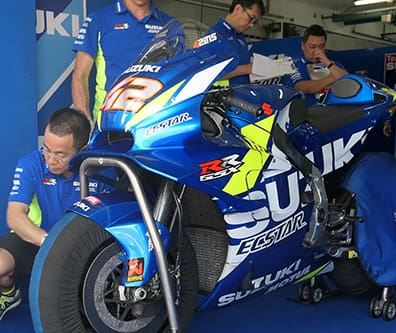
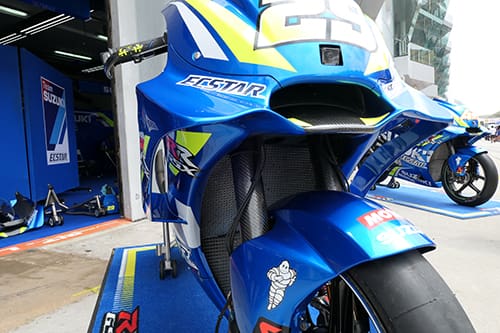
“A full aero ban would make us happy”
Mike Leitner – KTM team manager
“Our best scenario would be to go back to the situation in 2015, before wings. This is how KTM would like to see MotoGP – we can make an aerodynamic effect with a conventional fairing.”
“The first time we saw wings in action was when we tested at the Red Bull Ring in 2016, which was when Ducati really started with wings. I remember watching at Turn One. We saw riders tipping into the corner, opening the throttle and fighting against the wheelie. It was all-action, which is why our sport is so good to watch. Then a Ducati came through the corner, the rider opened the throttle, the front wheel lifted a little and the rider looked much more relaxed.”
“Of course, aerodynamics makes life easier for the rider, but Formula 1 cars went so far down this road that they can’t even overtake each other. This is our worry for the future of MotoGP. Now all the manufacturers are working for downforce. Maybe the next step will be how can we design an aero body that disturbs the guy behind at 300km/h, so he has to keep his distance. Where’s the end? Because you cannot make very tight rules for this kind of thing.”
“Obviously the riders like the wings because they like the feeling of having more front contact. Without wings maybe they have to roll off the throttle to keep the front wheel on the ground, but these are the best riders in the world and the more devices you add to the bikes the easier they are to ride for the lesser talented riders.”
“The bikes will be more difficult to ride without aero devices, but this should be the challenge! The KTM philosophy comes from motocross, which is such a demanding sport for the riders.”
“We also have to think about safety. The wings allow riders and bikes to use more acceleration, so they arrive at the next corner faster, so if a rider crashes, he crashes at a higher speed. Already at many tracks we are running out of runoff – Sachsenring, Brno, Mugello…. For me, if a rider has to fight with the bike on the corner exit it looks better and he will arrive at the next corner slower, so it’s safer.”
“There is always more and more technology on MotoGP bikes, so you can’t avoid all development. But we can say let’s stop aero development, just like we stopped active suspension in the early 2000s. A full aero ban would be great; it would make us happy.”


“Extreme aerodynamics is not the right way to go”
Takeo Yokoyama – HRC technical manager
“Our opinion is that we want to develop technology that can be transferred to streetbikes, because this is one of the main reasons we go racing. And in the case of aerodynamics we don’t think we can convert so much technology to streetbikes, except for supersport machines and superbikes.”
“Winning races isn’t our only target when we go racing; we want to sell motorcycles and make people happy on their Honda streetbikes, so we need to stay connected to the street market, which is why extreme aerodynamics is not the right way to go.”
“We wouldn’t want any more aerodynamics than we already have in MotoGP, but reducing what we have now might be a bit difficult. Okay, if all aerodynamics were banned, we could manage, but if it’s decided that what we have now is the limit, then we would be okay with this.”
“Increasing front-tyre contact with aerodynamics is good for safety, but you don’t have to do this with downforce – you can change machine weight distribution, pitching behaviour and so on. In fact the safety discussion can go the other way: if you use downforce to increase front contact you can use more torque, so the bike accelerates even faster. So maybe the acceleration will go from 1.2g to 1.5g, so the motorcycle will be even faster…”
“On the subject of swingarm attachments… the 2019 aerodynamic guidelines say the purpose of any swingarm attachment cannot be to generate downforce. So another manufacturer said the purpose of their swingarm attachment is cooling! Maybe they are cleverer than us, because they focused on the word ‘purpose’ and told the organisers that the purpose of their attachment was to cool the tyre…”
“Now all the manufacturers must sit down and discuss this, so the rules will be clearer, which will be better for the manufacturers, the organisers and the fans. In the past there were three manufacturers in the MSMA, so it was easier to make compromises, but with six it’s not so easy to make a unanimous agreement, so maybe these discussions will take longer, but I’m sure we can do it.”
